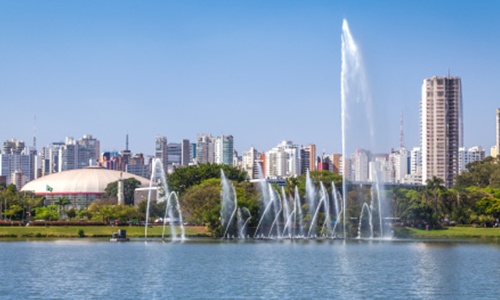
Hong Kong, China
As one of the world’s leading international financial centres, Hong Kong has a major capitalist service economy characterised by low taxation and free trade. The currency, Hong Kong dollar, is the eighth most traded currency in the world. Hong Kong was once described by Milton Friedman as the world’s greatest experiment in laissez-faire capitalism, but has since instituted a regime of regulations including a minimum wage. It maintains a highly developed capitalist economy, ranked the freest in the world by the Index of Economic Freedom. It is an important centre for international finance and trade, with one of the greatest concentrations of corporate headquarters in the Asia-Pacific region, and is known as one of the Four Asian Tigers for its high growth rates and rapid development. The Hong Kong Stock Exchange is the seventh largest in the world, with a market capitalisation of US$2.3 trillion. Hong Kong raised 22 percent of worldwide initial public offering (IPO) capital, making it the largest centre of IPOs in the world and the easiest place to raise capital. The Hong Kong dollar has been pegged to the U.S. dollar since 1983. The Hong Kong Government has traditionally played a mostly passive role in the economy, with little by way of industrial policy and almost no import or export controls. Market forces and the private sector were allowed to determine practical development.









